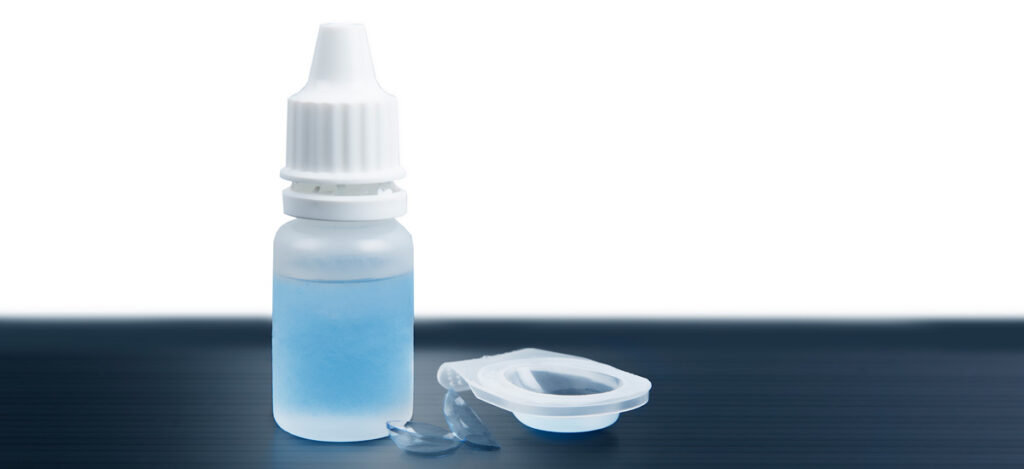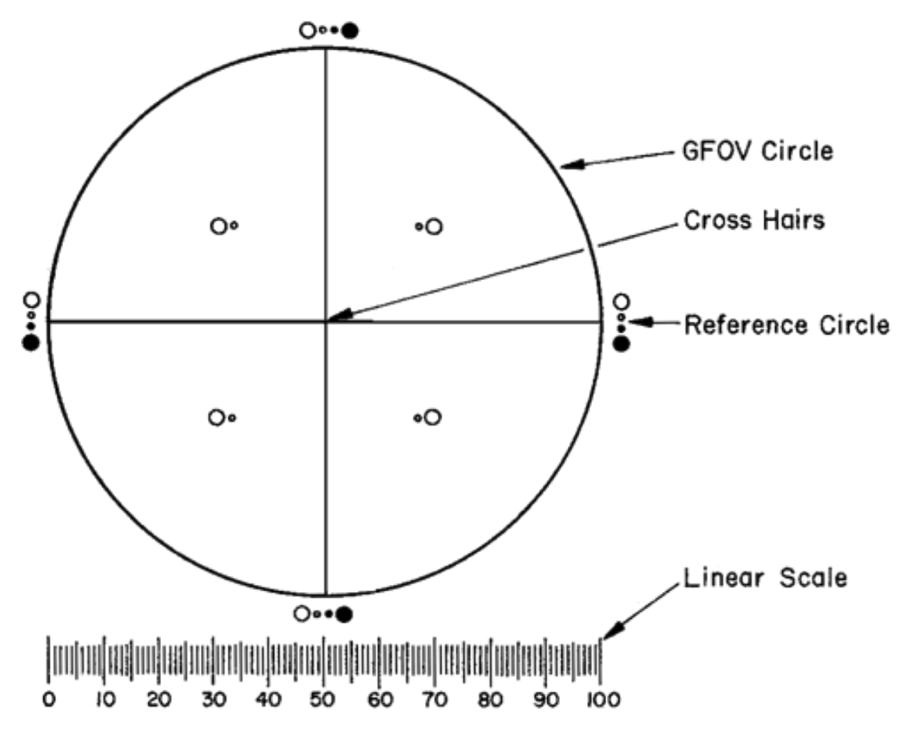How To Perform Particulate Matter Testing For Ophthalmic Solutions

What is particulate matter testing, and why is particulate matter testing important for ophthalmic products?
Particulate matter refers to undissolved particles (other than gas bubbles) that are present in solutions. This particulate matter is not an intentional addition to an ophthalmic solution, and ophthalmic solutions are to be free from particles that can be visually observed. Just as unintentional microbes in injectables are avoided and regulated to prevent patient illness, unintentional and non-biological particles are regulated in products to prevent unwanted toxicity, illness, or side effects.
Every ophthalmic solution is subject to specific particulate matter limits that are outlined in this article. Ophthalmic preparations that are suspensions, emulsions, or gels are exceptions for these requirements, as are medical devices. To detect particulate matter in an ophthalmic solution, first, the solution is tested by light-obscuration testing. If the ophthalmic solution fails the prescribed limits, the solution must pass testing via microscopic particle count testing. The techniques for light obscuration and microscopic particle count testing for injectables and ophthalmic solutions are identical and follow USP 788 guidelines. However, the limits for ophthalmic solutions and injectables differ. Microscopic testing may be used exclusively if an ophthalmic solution cannot be tested by light obscuration due to lack of clarity or high viscosity. For exceptionally viscous products, a quantitative dilution of the sample may support particle count testing accuracy. Additional information on how each test is performed and the particle count limits for ophthalmic solutions for each particle count testing method is detailed below.
What are the particle count limits for light-obscuration testing of ophthalmic solutions?
The light-obscuration particle count testing applies to ophthalmic solutions and ophthalmic solutions reconstituted from sterile solids. Light-obscuration particulate matter testing uses a liquid particle counter machine that, based on the principle of light scattering, allows for an automated determination of the size of particles in a sample and the number of particles according to size. The liquid particle counter is calibrated using dispersions of spherical particles in particle-free water. These spherical particles are of known sizes between 10 microns (μm) and 25 μm.
Once particles have been counted, calculate the mean number of particles for the sample examined. For light obscuration particle count tests, there are two test criteria. For sample preparations with a volume of more than 100 mL, the first test criteria apply. Samples with a volume of fewer than 100 mL use the second test criteria.
In the first test criteria, the sample complies with the particle count test if the average number of particles present in the units tested does not exceed 25 particles per mL equal to or greater than 10 μm and does not exceed 3 particles per mL equal to or greater than 25 μm. In the second test criteria, the sample meets the test criteria if the average number of particles tested does not exceed 6000 particles per container equal to or greater than 10 μm and does not exceed 600 particles per container equal to or greater than 25 μm. If the average number of particles exceeds the limits, test the parenterals by the microscopic particle count test.
Ophthalmic solutions meet the requirements for particulate matter testing if the average number of particles present in the samples tested does not exceed the values listed in Table 1 below. If the average number of particles exceeds the limits in Table 1, the samples should be tested via a microscopic particle count test to confirm the results.

What are the particle count limits for microscopic particle count testing of ophthalmic solutions?
Some ophthalmic solutions cannot be accurately tested by light obscuration testing. In these cases, a microscopic particle count is performed. The microscopic particle count test evaluates particulate matter in ophthalmic solutions after solutions have been filtered through a microporous membrane filter. The filter assembly will retain the particulate matter for sample examination under a microscope. Samples are assessed under a microscope using a graticule (see Figure 1 reproduced from Figure 1 of USP 788 below). The graticule is used to size any particulate matter found in the samples.

Some ophthalmic solutions, such as solutions with high viscosity that can’t be filtered, are exempted from microscopic particle count analysis. Also, the sizing of amorphous, gelatinous, semiliquid, or otherwise indistinct materials that stain or discolor the membrane surface shouldn’t be counted when performing the microscopic test. Ophthalmic solutions meet the requirements for particulate matter testing if the average number of particles present in the samples tested does not exceed the values listed in Table 2 below.

Summary
Overall, particulate matter testing is an important microbiology test for ophthalmic solutions. Unintentional, non-biological particles are regulated in ophthalmic formulations to prevent unwanted toxicity, illness, or side effects in patients following these kind of treatments. Two tests are used for particulate matter testing: a light-obscuration particle count test and a microscopic particle count test. Light obscuration particle count methods are used except when preparations are too cloudy or viscous for accurate particle detection. Microscopic particle count testing is used when preparations are too cloudy or viscous for light obscuration particle count methods or if particle limits using light-obscuration testing aren’t met. All in all, when developing your injectable product, ensure you choose a contract testing organization that can support you with appropriate microbiology particle count testing for your unique ophthalmic solutions, medical devices, or products.
Ethide Labs is a contract testing organization specializing in Particulate Matter Testing and Microbiology Testing. Ethide Labs also offers EO Residual Testing, Sterility Testing, Cytotoxicity Testing, Bacterial Endotoxin Testing, Bioburden Testing, Package Integrity Testing & Environmental Monitoring services for medical device companies and allied industries. Ethide is an ISO 13485 certified facility.
References
United States Pharmacopeial Convention. <788> Particulate Matter In Injections. Rockville, MD, USA. 2021. (USPC <788>).
United States Pharmacopeial Convention. <789> Particulate Matter In Ophthalmic Solutions. Rockville, MD, USA. 2021. (USPC <789>).
Share this in your social networks


